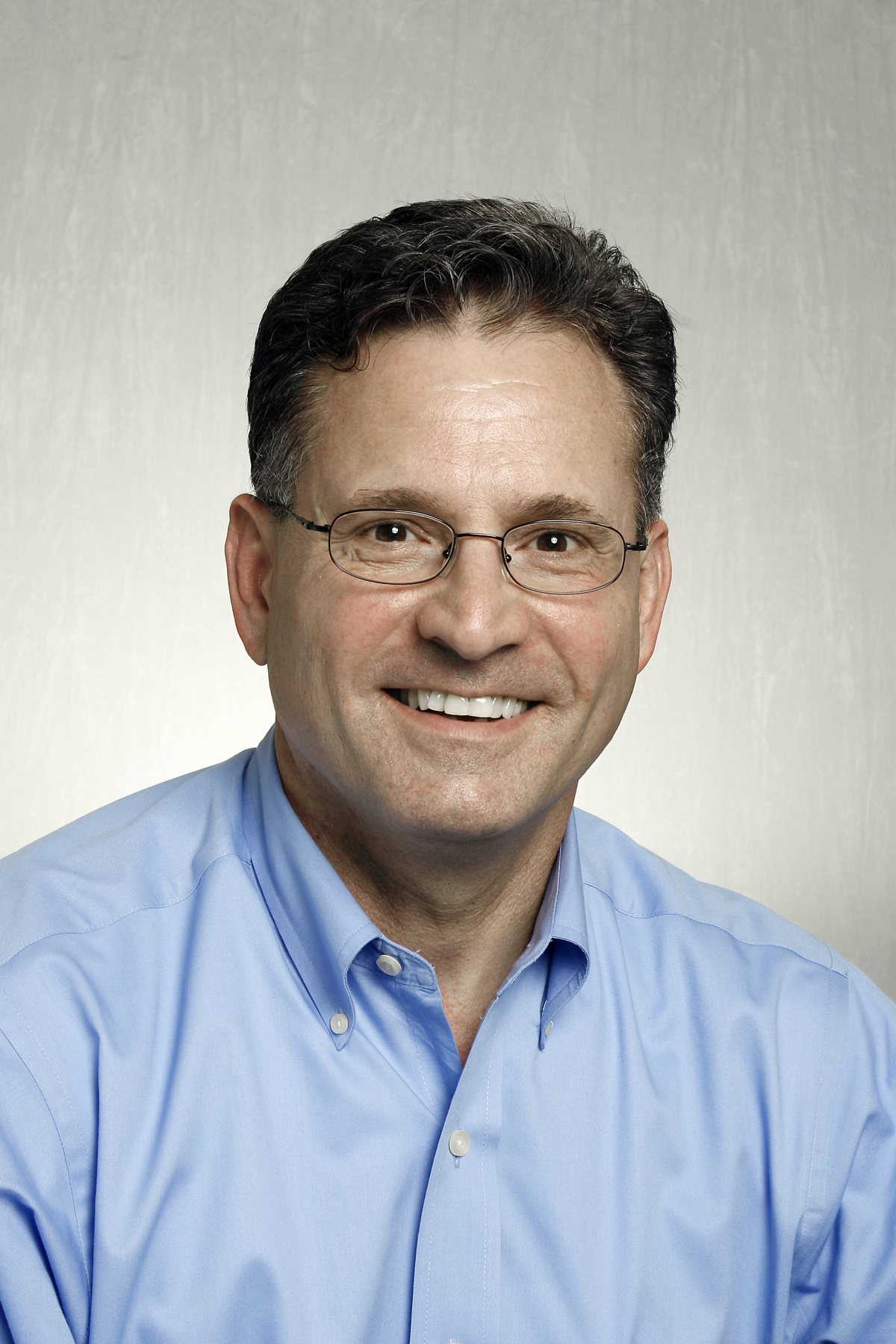
EDITOR’S NOTE: This is the fifth in an eight-part series of articles summarizing each of the chapters in David Francis’ booklet, “Transformational Class: Transformational Church Goes to Sunday School.” ach article addresses one of the seven elements of transformational churches and how it might apply in a small group or Sunday school class. Francis is addressing the seven elements of Thom Rainer’s and Ed Stetzer’s “Transformational Church” book and examining how they might apply in a small group or Sunday school class. Today’s element: Prayer.
NASHVILLE, Tenn. (BP) — Following the Transformational Church research project, LifeWay’s team of consultants reported to Ed Stetzer and his team that prayer is the fuel that drives transformational churches. It will be the fuel that undergirds the work of a transformational Sunday School class, too. What might that look like?
BEFORE CLASS
The Sunday School teacher or leader who wants a transformational class will arrive early — not just to prepare before the first member or guest arrives, but to pray. Picture a leader standing in an empty room, arranged for people who’ve yet to arrive, asking God to provide direction for the activities that will soon take place. The leader envisions the faces of the boys, girls, men or women who will enjoy Bible study, and prays about the needs they will share during class.
Now imagine a pastor, staff member, or Sunday School director prayer-walking through the education area. The leader and teacher could join together briefly to ask God to honor their expectation that new people will come. That’s a picture of prayerful dependence.
DURING CLASS
Sometimes the best thing to do — even in the middle of class time — is to stop and pray. How will you know? The Holy Spirit will lead you. Just obey Him. This is a regular and spontaneous pleasure for preschool teachers: “Thank you, God, for hands,” as Megan’s tiny fingers manipulate Play-Doh. “Thank you, God, for birds,” as Tyler looks out the window. Even in an adult class, you can pause briefly to exhibit prayerful dependence.
AFTER CLASS IN CARE GROUPS
One of the many good reasons to organize an adult class into care groups is that it provides the opportunity to pray in those groups. About 10 minutes of prayer time should be sufficient. Circle up into care groups. (I recommend five to seven men or women, even in a “couples” class.) Account for any absent member. Hear requests. Pray dependently.
Prayer requests are perhaps the best indicator of transformation. In my little book, Connect3: The Power of One Sunday School Class, I propose that groups operate on one of three progressive levels: Class, Community or Commission. What’s the best indicator of where a class is? Listen to the prayer requests. At the class level, they are general and safe. At the community level, requests are more personal. At the commission level, they start out as appeals for missions in general, and then perhaps for an Unreached People Group (UPG) in particular. Requests increasingly focus on people in the group’s circle of influence who are far from God:
“Would you pray that God would engineer the circumstances that I might share my faith story with ___________?”
“Please pray that God would provide an opportunity for me to invite ______________ to church.”
A tear sheet or poster in a room that lists the names of the people being prayed for is powerful evidence of a class that has discovered the transformational power of prayerful dependence.
–30–
David Francis is director of Sunday School at LifeWay Christian Resources of the Southern Baptist Convention.

















